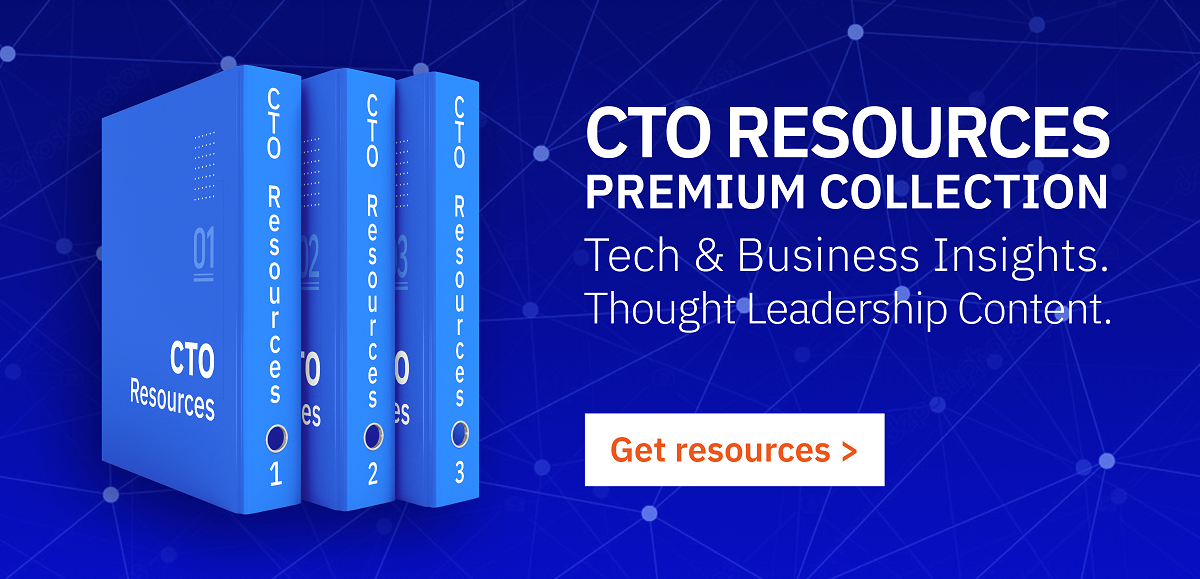CTO Geert Engels has his work cut out for him at Made.com, the London-based online homewares site that has become well-known both for its captivating virtual showrooms as well as a deep commitment to sustainability and fair trade.
Add in the risks and opportunities for the home goods sector during the pandemic and you begin to see the things that keep him up at night. Between directing the mid-sized e-tailer’s homegrown architecture and managing global teams of in-house and contracted developers, this CTO always finds time to master the more abstract skills of human relationships. Because according to him, that’s how strong technology is built.

Read Geert’s seven actionable takeaways for every senior tech professional from his hour-long conversation with Pentalog Chief Platform Officer Cornel Fatulescu. This special PentaBAR edition of CTO Talks is also a lesson in how the role of CTO extends way beyond the digital experience.
“Tech is neither the
product nor the service”
Takeaway #1: Collaborative infrastructure + education = seamless transitions.
A self-professed nerd, Geert comes from a computer engineering background, so he’s no stranger to remote tools and colleagues who span the globe. These attributes were definitely a plus when the pandemic hit in early 2020 because he had pre-ingrained the “tag team” mentality at Made.com. He and his coworkers were already in the habit of “making the Zoom thing work,” including when to self-mute and how to create online fun.
His tech division is about 130 strong, with half based at the London head office and half beaming in from around the world. “We try our best to not use geography as an organizational principle so we’re not about co-location,” he shrewdly points out.
Getting Made.com’s collaborative networks up to Covid-induced standards just meant setting up the right VPNs, expanding bandwidth and getting Amazon WorkSpaces running company-wide. This can be a weak point for a lot of physical retailers trying to make the online transition, a phenomenon that Geert says, “is accelerated by the pandemic.”
Takeaway #2: Build a rock-hard foundation for scalability and loyalty through communication.
“Shutting down the office and working from home was not a problem for us,” Geert says. It wasn’t only because the tools were in place, but because all the Made.com teams had an extremely powerful “shared sense of history.”
Ultimately, this virtually flawless in-house communication is what made the model scalable on multiple levels. Yet, he adds, remote work can be a double-edged sword: while it’s an opportunity to reach a global talent pool, it also makes it harder to instill company values in new hires.
Customer-facing communication is equally as valuable. This boils down to a virtual in-store experience that is both pleasurable and trustworthy. From creating enticing online imagery to more tactile approaches like sending customers free fabric samples, it’s all about keeping everyone in the loop.
Takeaway #3: Tailor the message to the audience to lay common ground.
“At the exec table, I am tech,” Geert likes to emphasize. Part senior manager part tech master, he sees his function as a sort of translator who has to bridge the linguistic gap between two very different worlds with diverging roadmaps.
For example, he employs a head of information security and a data privacy officer, but he has to explain to company leadership what they do using vocabulary execs understand.
He says his CEO is “my most important stakeholder” who has “the biggest picture possible.” That picture is anything ranging from an urgent project and top priorities to a five-year forecast. Geert is tasked with receiving directives across multiple meetings, synthesizing them, and then translating the meat of the messages for his tech teams.
“Business strategy sets tech strategy, absolutely,” he adds.
In sum, he says that the “fertile soil” for big projects is a group of people who speak the same language across tech and non-tech.
Takeaway #4: Spend time listening so you know when to save time for bigger things.
Geert talks about time in a couple ways. First, it’s the hours to days per week that he spends listening to CEO Philippe Chainieux at Made.com. This can mean attending brief one-on-one check-ins or forums and meetings chaired by Chainieux. It all adds up to time spent forming a cohesive narrative of the company’s priorities and directions.
Time is also measured in short-term and long-term goals. “Constantly optimizing for the short term,” he says, “gives you a local optimum, but it doesn’t give you the global optimum. Sometimes you need to align things in time. It’s not just tech, it is legal, it is logistics, etc.”
In other words, there always needs to be enough bandwidth in every team to take on big projects like an architecture overhaul or transformation.
For more insights about collaboration and tech leadership, explore our premium collection of CTO resources.
Takeaway #5: Show people their personal role in the organization.
“We want to replicate some of the big principles of big tech [at Made.com], which is not tech and not big.” This is where KPIs come in and play a very important role. In an effort to achieve long-term alignment between BUs and multifunctional squads, Geert sets template tech KPIs—even for the most junior developers.
This is yet another successful tactic for putting everyone on the same page, but it’s not always enough. When asked what he would do to improve Made.com, he replied, “We tend to underestimate how much people understand their own purpose and where they fit into the organization. Maybe we’re not specific enough.”
Takeaway #6: Understand where your partners are coming from.
End-to-end alignment leads to a sense of ownership on all levels. This happens when KPIs are shared cross-functionally. When the business end of the spectrum grasps the tech KPIs (i.e., total cost of ownership, technical debt, downtime, complexity, operational overhead, cost of hosting), a sort of mesh begins to form.
And when technology can perceive business KPIs, that bond becomes a strong set of shared objectives.
Takeaway #7: Build a solid home base.
Made.com is a space that differs from fashion e-tailers, for example, that pick-and-pack each order. To help navigate a complex just-in-time supply chain of goods that ranges from in-production and custom-made to off-the-shelf, Geert Engels keeps all the tech in-house and guards the company’s proprietary data like a hawk.
The key, he says, is encapsulation and handpicking specialized mid-sized vendors. After four years at Made.com, he sums up his C-suite position as bridging the gap between two teams: business and technology. And that means a constant push to build a solid cross-functional experience.
Bonus takeaway: Remember that even CTOs need a hobby.
Geert Engels admits he has a few pet projects where he codes “to let off steam now and then.” Sometimes it feels great to return to the trenches and remind yourself what it’s all about.
“Take everything I said
with a grain of salt.”
More from Geert Engels
Watch the full one-hour video of this wide-ranging conversation with Made.com CTO Geert Engels to hear what he also says about governance and Green IT. Plus, he offers insightful tips on hiring new talent in the e-tailing space and discusses how his choice to use Python for enterprise programming can hinder recruitment efforts.
For now, we’ll leave off with a little gem he tossed out at the end: “Take everything I said with a grain of salt.”










